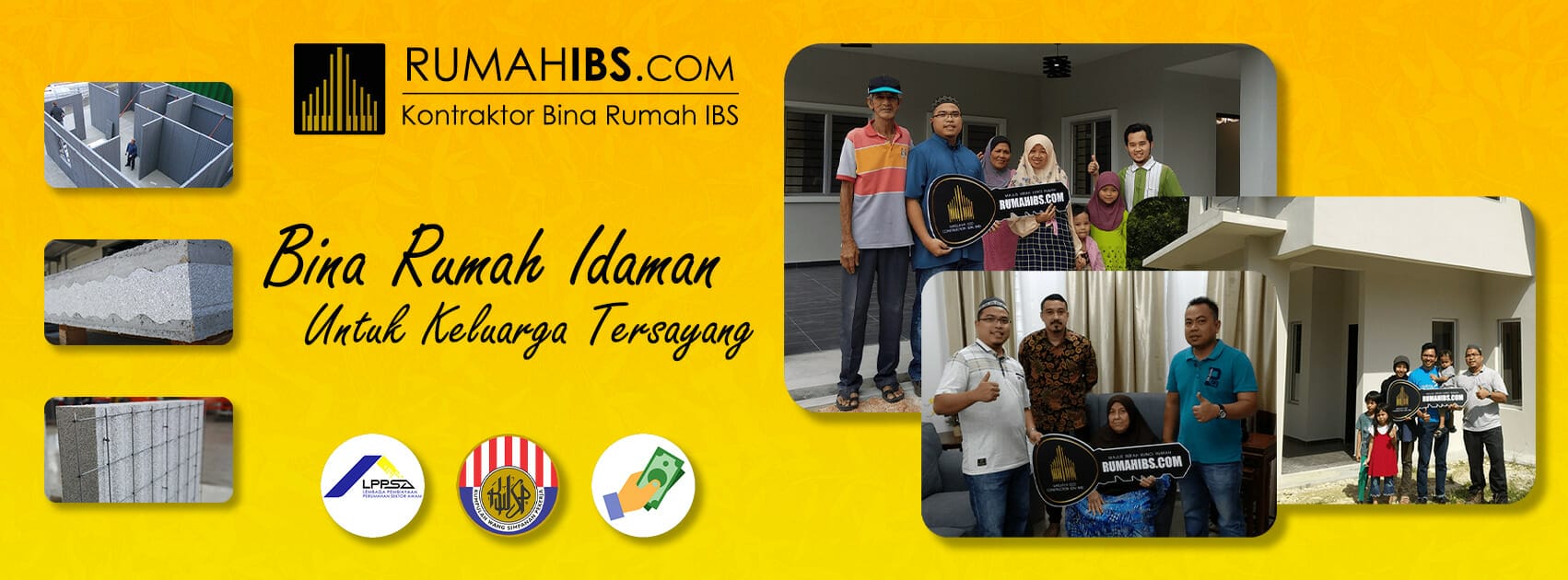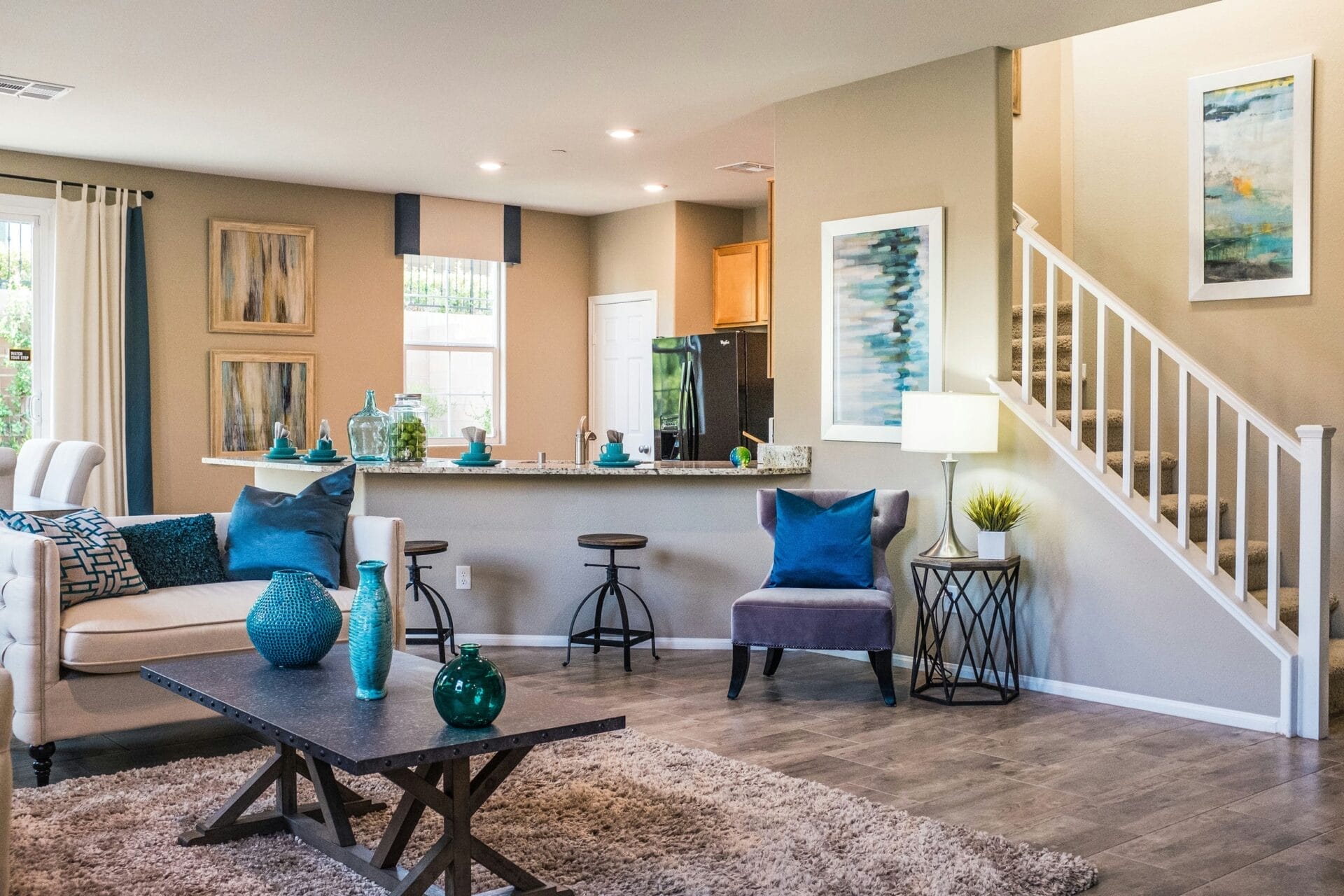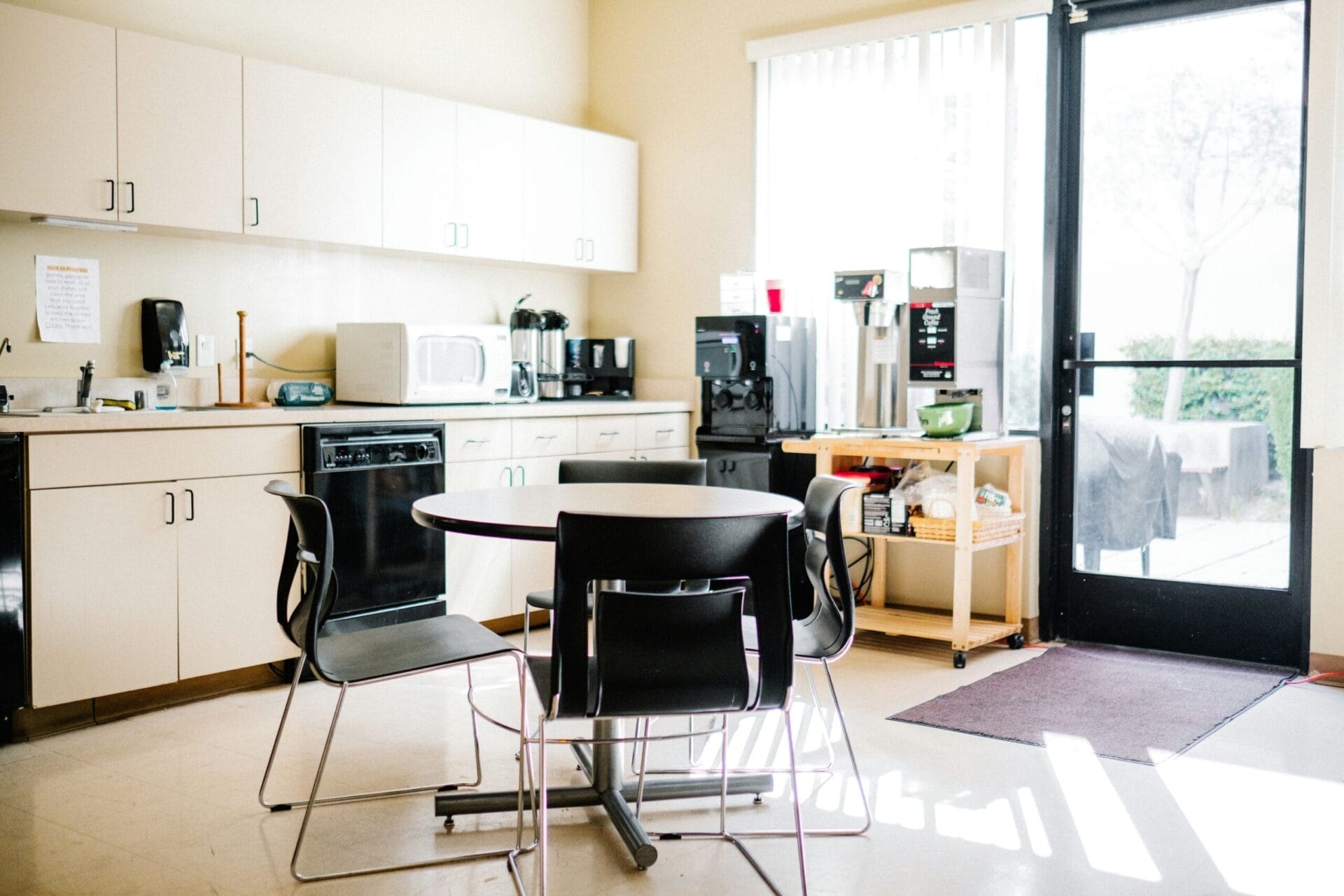Demystifying Home Construction Costs: A Complete Guide for Homeowners and Developers
1. Introduction: Understanding the Landscape of Home Construction Costs
Building your dream home is an exciting journey filled with endless possibilities. However, amidst the thrill of designing your perfect space, it’s crucial to understand the intricacies of home construction costs. From selecting the right contractors to managing budgets effectively, navigating the landscape of construction expenses is essential for homeowners and developers alike.
Setting the Stage: The Excitement and Challenges of Building a Dream Home
Embarking on a journey to build your dream home is akin to painting a masterpiece on a blank canvas. It’s a journey filled with anticipation, creativity, and the promise of a future filled with cherished memories. Whether you envision a cozy cottage nestled in the suburbs or a sleek urban abode, the process of bringing your dream home to life is an exhilarating adventure.
However, amidst the excitement lies a maze of challenges and considerations, with construction costs standing as a formidable obstacle to overcome. From the initial stages of planning to the final touches of completion, understanding the financial landscape of home construction is paramount to ensuring a smooth and successful journey.
Importance of Understanding Construction Costs for Homeowners and Developers
For both homeowners and developers, the understanding of construction costs is more than just a matter of financial management—it’s a strategic imperative. Whether you’re building your forever home or embarking on a real estate development project, the ability to navigate the complexities of construction expenses can make the difference between success and failure.
For homeowners, a thorough understanding of construction costs enables informed decision-making and budget planning. It empowers individuals to set realistic expectations, avoid financial pitfalls, and ensure that their dream home remains within reach. From selecting the right contractors to making design choices that align with budgetary constraints, knowledge of construction costs is the cornerstone of a successful home-building journey.
Likewise, for developers, construction costs play a pivotal role in project feasibility and profitability. By accurately assessing expenses and optimizing cost-effective strategies, developers can maximize returns on investment while delivering high-quality properties to the market. From analyzing regional trends to leveraging innovative construction methods, a deep understanding of construction costs is essential for navigating the competitive landscape of real estate development.
In essence, whether you’re a homeowner embarking on a personal project or a developer shaping the future of urban landscapes, understanding the landscape of construction costs is the first step towards turning your vision into reality. So, let’s embark on this journey together, unraveling the mysteries of home construction costs and unlocking the door to your dream home.

christopher burns QgHnhzN 3c4 unsplash
2. Selecting the Right Contractors: Key Considerations and Tips
Choosing the right contractors is a crucial step in the journey of building your dream home. These professionals will be responsible for turning your vision into reality, making it essential to select individuals or companies with the expertise, reliability, and integrity to deliver quality results. Let’s delve into the key considerations and tips for selecting the perfect contractors for your project.
Importance of Choosing Reliable Contractors
The role of contractors in the construction process cannot be overstated. They are the backbone of your project, overseeing every aspect of construction from inception to completion. Whether it’s laying the foundation, erecting the walls, or installing the finishing touches, contractors are entrusted with bringing your dream home to life.
Choosing reliable contractors is essential for ensuring the success of your project. Not only do they possess the technical expertise to execute construction tasks with precision, but they also uphold professional standards of accountability, transparency, and communication. By entrusting your project to reputable contractors, you can rest assured that your vision will be realized with the utmost care and attention to detail.
Factors to Consider When Selecting Contractors
When selecting contractors for your home construction project, several key factors should be taken into consideration:
- Expertise and Experience: Look for contractors with a proven track record of success in projects similar to yours. Experience brings with it valuable insights and problem-solving skills that can streamline the construction process and ensure superior outcomes.
- Reputation and References: Research the reputation of potential contractors by seeking recommendations from friends, family, or industry professionals. Additionally, ask for references from past clients to gauge the contractor’s reliability and quality of workmanship.
- Licensing and Accreditation: Ensure that the contractors you consider are properly licensed and accredited to perform construction work in your area. This serves as a guarantee of their professionalism and adherence to industry standards.
- Communication and Collaboration: Effective communication is essential for a successful construction project. Choose contractors who are responsive, transparent, and willing to collaborate closely with you throughout the process.
- Cost and Budget: While cost is an important consideration, it should not be the sole determining factor. Instead, focus on value for money by comparing quotes from multiple contractors and assessing the quality of their workmanship and materials.
Tips for Negotiating Contracts and Ensuring Transparency
Negotiating contracts with contractors can be a daunting task, but it’s essential for establishing clear expectations and safeguarding your interests. Here are some tips for negotiating contracts and ensuring transparency:
- Define Scope of Work: Clearly outline the scope of work, including project timelines, milestones, and deliverables, in the contract to avoid misunderstandings later on.
- Set Payment Terms: Establish a payment schedule that aligns with project milestones and ensures fair compensation for the contractor’s work. Avoid making large upfront payments and withhold a portion of the payment until satisfactory completion of the project.
- Include Dispute Resolution Mechanisms: Incorporate mechanisms for resolving disputes or conflicts that may arise during the project, such as mediation or arbitration clauses, to mitigate potential risks.
- Obtain Insurance and Warranty Coverage: Ensure that the contractor carries adequate insurance coverage, including liability and worker’s compensation insurance, to protect against unforeseen accidents or damages. Additionally, inquire about warranty coverage for materials and workmanship to safeguard your investment in the long term.
By carefully considering these factors and following these tips, you can select the right contractors for your home construction project and embark on your journey towards building the home of your dreams.
Related Table:
Here’s a table comparing key factors to consider when selecting contractors:
| Factors to Consider | Description |
|---|---|
| Expertise and Experience | Look for contractors with a proven track record and relevant experience in similar projects. |
| Reputation and References | Research the contractor’s reputation and ask for references from past clients to gauge reliability and quality of work. |
| Licensing and Accreditation | Ensure that contractors are properly licensed and accredited to perform construction work in your area. |
| Communication and Collaboration | Choose contractors who are responsive, transparent, and willing to collaborate closely with you throughout the project. |
| Cost and Budget | Compare quotes from multiple contractors and assess the value for money based on quality of workmanship and materials. |
3. Navigating Construction Costs: Insights into Budgeting and Estimation
Understanding construction costs is essential for anyone embarking on a home construction project. From budgeting effectively to managing expenses, having insights into construction costs can make the difference between a successful project and a financial burden. Let’s explore the intricacies of navigating construction costs and gaining valuable insights into budgeting and estimation.
Overview of Factors Influencing Construction Costs
Construction costs encompass a wide range of expenses associated with building a home, including materials, labor, equipment, permits, and overheads. Several factors influence construction costs, making it essential to understand each component:
- Materials: The cost of construction materials can vary significantly depending on factors such as quality, quantity, and market demand. From concrete and steel to wood and bricks, materials play a crucial role in determining overall construction costs.
- Labor: Labor costs include wages for construction workers, subcontractors, and skilled professionals such as architects and engineers. Labor rates may vary based on experience, expertise, and prevailing market conditions.
- Equipment and Machinery: The use of specialized equipment and machinery in construction projects can incur additional expenses. From excavators and cranes to power tools and safety gear, equipment costs contribute to overall construction budgets.
- Permits and Regulations: Obtaining permits and complying with regulatory requirements is a necessary aspect of home construction. Permit fees, inspections, and compliance costs should be factored into construction budgets to avoid delays and penalties.
- Overheads: Overheads such as administrative expenses, insurance premiums, and project management fees also contribute to construction costs. While often overlooked, these expenses play a significant role in overall project budgets.
Understanding Budgeting and Cost Estimation Processes
Budgeting effectively is essential for ensuring that your home construction project remains within financial constraints. Here’s an overview of the budgeting and cost estimation processes:
- Initial Planning: Begin by outlining your project goals, desired features, and budgetary constraints. Consider factors such as location, size, design complexity, and construction timeline when setting budgetary targets.
- Cost Estimation: Conduct thorough cost estimation by obtaining quotes from contractors, suppliers, and service providers. Consider factors such as material prices, labor rates, equipment costs, and ancillary expenses when estimating construction costs.
- Contingency Planning: Factor in a contingency allowance of 10-20% of the total project cost to account for unforeseen expenses, changes in scope, and unexpected challenges that may arise during construction.
- Regular Monitoring and Adjustments: Continuously monitor project expenses and compare them against budgetary targets. Make adjustments as necessary to ensure that the project remains within budget and on schedule.
Tips for Managing Construction Budgets Effectively
Managing construction budgets effectively is crucial for achieving project success. Here are some tips for ensuring that your construction budget stays on track:
- Prioritize Needs Over Wants: Focus on essential features and functionalities that align with your budgetary constraints. Prioritize needs over wants to avoid unnecessary expenses and prevent budget overruns.
- Seek Cost-Saving Opportunities: Look for opportunities to reduce costs without compromising on quality. Consider alternatives such as eco-friendly materials, energy-efficient technologies, and value engineering solutions to optimize construction budgets.
- Negotiate Pricing: Negotiate pricing with contractors, suppliers, and service providers to secure favorable terms and discounts. Compare quotes from multiple vendors and leverage competitive bidding to obtain the best value for money.
- Monitor Expenses Closely: Keep a close eye on project expenses and track them against budgetary targets. Implement cost-tracking systems and software tools to maintain transparency and accountability throughout the construction process.
By understanding the intricacies of construction costs, budgeting effectively, and implementing sound financial management practices, you can navigate the complexities of home construction with confidence and achieve your dream of owning a home that reflects your unique vision and lifestyle.
Related Table:
Here’s a table summarizing the factors influencing construction costs:
| Factors Influencing Construction Costs | Description |
|---|---|
| Materials | Cost of construction materials such as concrete, steel, wood, and bricks. |
| Labor | Wages for construction workers, subcontractors, and skilled professionals. |
| Equipment and Machinery | Expenses associated with the use of specialized equipment and machinery. |
| Permits and Regulations | Fees for permits, inspections, and compliance with regulatory requirements. |
| Overheads | Administrative expenses, insurance premiums, and project management fees. |

christopher burns BdVQU NDtA8 unsplash scaled
4. Exploring Different Construction Methods: Traditional vs. Modern Approaches
When embarking on a home construction project, one of the crucial decisions to make is choosing the construction method. Traditional and modern approaches each offer unique advantages and considerations, influencing factors such as cost, speed, and sustainability. Let’s explore the differences between traditional and modern construction methods and delve into the factors to consider when making this important decision.
Comparison of Traditional and Modern Construction Methods
Traditional Construction:
- Description: Traditional construction methods rely on conventional techniques and materials such as bricks, concrete blocks, and timber frames.
- Characteristics: Labor-intensive, time-consuming, and often laborious processes involving manual craftsmanship.
- Advantages: Familiarity, reliability, and availability of skilled labor in traditional construction methods.
- Considerations: Limited flexibility in design, susceptibility to weather conditions, and potential for cost overruns due to manual labor.
Modern Construction Methods:
- Description: Modern construction methods leverage innovative techniques and technologies to streamline the construction process and improve efficiency.
- Characteristics: Utilization of prefabricated components, modular construction, and advanced building systems such as Industrialized Building Systems (IBS).
- Advantages: Faster construction timelines, cost efficiency, enhanced quality control, and flexibility in design and customization.
- Considerations: Initial investment in technology and equipment, dependency on skilled labor for assembly and installation of prefabricated components.
Pros and Cons of Industrialized Building Systems (IBS) and Other Innovative Approaches
Industrialized Building Systems (IBS):
- Description: IBS involves the prefabrication of building components in a controlled factory environment before transportation and assembly on-site.
- Advantages: Reduced construction time, minimized material wastage, enhanced quality control, and improved safety on-site.
- Considerations: Initial investment in manufacturing facilities, transportation costs, and dependency on skilled labor for assembly and installation.
Modular Construction:
- Description: Modular construction entails the fabrication of building modules or sections off-site before assembly at the construction site.
- Advantages: Rapid assembly, minimal on-site disruption, cost efficiency, and scalability for large-scale projects.
- Considerations: Transportation logistics, coordination of multiple modules, and compatibility with on-site infrastructure.
Impact of Construction Methods on Costs and Timelines
The choice of construction method has a significant impact on project costs and timelines. While traditional construction methods may offer familiarity and reliability, modern approaches such as IBS and modular construction present opportunities for cost savings and accelerated construction schedules. By leveraging innovative techniques and technologies, homeowners and developers can achieve their construction goals more efficiently and cost-effectively.
Related Table:
Here’s a table comparing traditional and modern construction methods:
| Construction Method | Description | Advantages | Considerations |
|---|---|---|---|
| Traditional Construction | Relies on conventional techniques and materials. | Familiarity, reliability, availability of skilled labor. | Labor-intensive, time-consuming, limited flexibility in design. |
| Modern Construction Methods (e.g., IBS, Modular Construction) | Leverages innovative techniques and technologies. | Faster construction timelines, cost efficiency, flexibility in design. | Initial investment in technology, dependency on skilled labor. |
Understanding the differences between traditional and modern construction methods is essential for making informed decisions when embarking on a home construction project. By weighing the advantages and considerations of each approach, homeowners and developers can choose the method that best suits their needs, budget, and timeline.
5. Analyzing Regional Trends: Insights into Construction Costs in Selangor and Beyond
Understanding regional trends in construction costs is essential for homeowners and developers alike, especially in dynamic areas like Selangor, Malaysia. By gaining insights into local market dynamics, pricing trends, and regulatory factors, individuals can make informed decisions and optimize their construction budgets effectively. Let’s delve into the unique factors influencing construction costs in Selangor and explore broader regional trends in construction expenses.
Overview of Construction Cost Trends in Selangor
Selangor, being one of the most developed states in Malaysia, experiences a dynamic construction industry driven by factors such as urbanization, population growth, and infrastructure development. As a result, construction costs in Selangor are influenced by a myriad of factors, including:
- Market Demand: High demand for residential, commercial, and industrial properties in Selangor contributes to increased construction activity and competition among contractors and suppliers.
- Land Prices: The cost of land in Selangor is among the highest in Malaysia, impacting overall construction costs and property development feasibility.
- Regulatory Environment: Strict regulatory requirements and compliance standards in Selangor, including building codes, zoning regulations, and environmental considerations, can add complexity and costs to construction projects.
Regional Variations in Construction Costs
While Selangor serves as a prime example of construction cost trends in Malaysia, it’s essential to recognize that regional variations exist across the country. Factors such as geographical location, urbanization levels, and economic development play a significant role in shaping construction costs in different regions. For example:
- Kuala Lumpur: As the capital city and economic hub of Malaysia, Kuala Lumpur experiences high construction activity and premium property prices, driving construction costs upwards.
- Penang: Known for its booming real estate market and tourism industry, Penang experiences strong demand for residential and commercial properties, influencing construction costs in the region.
- Johor: With rapid industrialization and infrastructure development, Johor has emerged as a key construction market, attracting investments and driving construction costs in the state.
Factors Influencing Construction Costs in Different Locations
Several factors contribute to regional variations in construction costs across Malaysia:
- Economic Factors: Economic growth, inflation rates, and currency fluctuations can impact construction costs by affecting material prices, labor wages, and financing costs.
- Supply Chain Dynamics: Availability of construction materials, transportation logistics, and supply chain disruptions can influence construction costs in different locations.
- Regulatory Environment: Variations in building codes, permit requirements, and regulatory frameworks across regions can impact construction costs and project timelines.
- Market Demand and Competition: Local market dynamics, demand-supply imbalances, and competitive pressures among contractors and developers can influence construction costs in specific locations.
Related Table:
Here’s a table summarizing construction cost trends in different regions of Malaysia:
| Region | Construction Cost Trends | Key Influencing Factors |
|---|---|---|
| Selangor | Steady increase due to high demand and land prices. | Market demand, land prices, regulatory environment. |
| Kuala Lumpur | High construction costs driven by premium property prices. | Economic growth, demand-supply dynamics, regulatory requirements. |
| Penang | Strong demand for properties leading to upward pressure on costs. | Tourism industry, real estate market dynamics, supply chain factors. |
| Johor | Rapid industrialization and infrastructure development impacting costs. | Economic growth, industrial investment, regulatory framework. |
By analyzing regional trends and understanding the unique factors influencing construction costs in different locations, homeowners and developers can make informed decisions and optimize their construction budgets effectively. Whether in Selangor or beyond, staying abreast of construction cost trends is essential for achieving project success in the dynamic landscape of Malaysian real estate.

christian mackie yb9b2wbhxG4 unsplash scaled
6. Maximizing Efficiency: Strategies for Cost-Effective Home Construction
Efficiency is key when it comes to home construction. Maximizing efficiency not only helps to keep costs in check but also ensures that the project stays on schedule and delivers high-quality results. In this section, we’ll explore various strategies for cost-effective home construction, ranging from optimizing resource utilization to leveraging technology for enhanced efficiency.
Tips for Minimizing Construction Waste and Optimizing Resources
Minimizing Construction Waste:
- Implement waste reduction strategies such as recycling and reuse of materials.
- Opt for prefabricated components to minimize on-site waste and maximize resource utilization.
- Plan construction activities carefully to minimize over-ordering and excess inventory.
Optimizing Resource Utilization:
- Streamline workflows and optimize labor productivity through effective project management.
- Utilize Just-In-Time (JIT) inventory management to reduce storage costs and minimize inventory wastage.
- Invest in efficient equipment and machinery to maximize productivity and minimize downtime.
Importance of Project Management in Cost Control
Effective Planning and Scheduling:
- Develop a comprehensive project plan outlining timelines, milestones, and deliverables.
- Utilize project management software to track progress, monitor expenses, and identify potential bottlenecks.
- Implement lean construction principles to streamline workflows and minimize delays.
Cost Monitoring and Control:
- Establish a budgetary framework and monitor expenses closely to ensure adherence to budgetary targets.
- Implement cost-control measures such as variance analysis and budget tracking to identify cost overruns and take corrective action.
- Regularly review project performance and adjust budgets and timelines as necessary to mitigate risks and ensure project success.
Leveraging Technology for Efficiency Gains
Building Information Modeling (BIM):
- Utilize BIM software to create detailed 3D models of the project, enabling better visualization and coordination among stakeholders.
- Streamline design and planning processes, identify potential clashes, and optimize building layouts for enhanced efficiency.
Construction Management Software:
- Invest in construction management software to streamline project workflows, automate repetitive tasks, and improve collaboration among project teams.
- Centralize project data and documentation for easy access and real-time communication, reducing errors and enhancing efficiency.
Related Table:
Here’s a table summarizing strategies for cost-effective home construction:
| Strategies for Cost-Effective Home Construction | Description |
|---|---|
| Minimizing Construction Waste | Implement waste reduction strategies and optimize resource utilization. |
| Optimizing Resource Utilization | Streamline workflows, utilize JIT inventory management, and invest in efficient equipment. |
| Effective Project Management | Develop comprehensive project plans, monitor expenses closely, and implement cost-control measures. |
| Leveraging Technology for Efficiency Gains | Utilize BIM software for detailed project visualization and construction management software for streamlined workflows. |
By implementing these strategies and leveraging technology for efficiency gains, homeowners and developers can optimize their construction budgets, minimize waste, and ensure that their projects are completed on time and within budget. Efficient home construction not only benefits the bottom line but also enhances the overall quality and sustainability of the built environment.
7. Budgeting for Renovations and Expansions: Cost Considerations Beyond New Construction
When it comes to home improvement projects, renovations and expansions offer homeowners the opportunity to enhance their living spaces without the need for new construction. However, budgeting for these projects requires careful consideration of various cost factors beyond those associated with new builds. Let’s explore the key cost considerations and budgeting strategies for renovations and expansions to ensure that your home improvement projects stay within budget and deliver the desired results.
Factors Influencing Renovation and Expansion Costs
Scope of Work:
- The extent of renovations or expansions, including structural changes, additions, and upgrades, directly impacts project costs.
- Complex projects requiring extensive modifications or structural reinforcements may incur higher costs compared to cosmetic upgrades or minor renovations.
Materials and Finishes:
- The choice of materials and finishes significantly influences project costs, with options ranging from budget-friendly to premium selections.
- Consider factors such as durability, aesthetics, and long-term maintenance requirements when selecting materials to ensure value for money.
Labor and Contractor Fees:
- Labor costs for renovations and expansions encompass wages for construction workers, subcontractors, and skilled professionals such as architects and designers.
- Contractor fees, including overheads, profit margins, and project management expenses, contribute to overall project costs.
Budgeting Tips for Renovation Projects
Set Realistic Budgetary Targets:
- Assess your financial resources and establish realistic budgetary targets based on the scope and scale of the renovation or expansion project.
- Consider allocating a contingency allowance of 10-20% of the total project cost to account for unforeseen expenses and changes in scope.
Prioritize Essential Upgrades:
- Identify essential upgrades and prioritize them within your budget to ensure that critical elements of the project are addressed first.
- Allocate funds for structural improvements and functional upgrades before allocating resources to cosmetic enhancements.
Obtain Multiple Quotes and Estimates:
- Seek quotes and estimates from multiple contractors, suppliers, and service providers to compare pricing and identify cost-saving opportunities.
- Ensure that quotes are comprehensive and include all relevant expenses to avoid surprises later on.
Balancing Costs with Desired Outcomes
Value Engineering:
- Explore value engineering opportunities to achieve cost savings without compromising on quality or functionality.
- Consider alternative materials, construction methods, and design solutions that offer better value for money while meeting project requirements.
Phased Approach:
- If budget constraints are a concern, consider adopting a phased approach to renovations, tackling projects in stages based on priority and affordability.
- Plan renovations strategically to maximize the impact of each phase while minimizing disruption to daily life.
Related Table:
Here’s a table summarizing cost considerations and budgeting tips for renovation and expansion projects:
| Cost Considerations and Budgeting Tips | Description |
|---|---|
| Scope of Work | Assess the extent of renovations or expansions to determine project costs. |
| Materials and Finishes | Choose materials and finishes that align with budgetary constraints while meeting quality and aesthetic requirements. |
| Labor and Contractor Fees | Factor in labor costs and contractor fees when budgeting for renovation projects. |
| Set Realistic Budgetary Targets | Establish realistic budgetary targets based on project scope and financial resources. |
| Prioritize Essential Upgrades | Identify and prioritize essential upgrades within budget constraints. |
| Obtain Multiple Quotes and Estimates | Seek quotes from multiple contractors and suppliers to compare pricing and identify cost-saving opportunities. |
| Value Engineering | Explore cost-saving opportunities through value engineering and alternative design solutions. |
| Phased Approach | Consider a phased approach to renovations to manage costs and minimize disruption. |
By considering these factors and implementing budgeting strategies, homeowners can embark on renovation and expansion projects with confidence, knowing that their budgets are carefully planned and optimized to achieve their desired outcomes. Whether it’s updating a kitchen, adding an extra bedroom, or expanding living spaces, effective budgeting ensures that home improvement projects deliver maximum value and satisfaction.

christian mackie 6BJu73 UJpg unsplash scaled
8. Looking Ahead: Predicting Future Trends in Home Construction Costs
As the landscape of home construction continues to evolve, staying ahead of emerging trends in construction costs is essential for homeowners and developers. By anticipating future developments and market dynamics, individuals can make informed decisions and adapt their strategies to navigate the ever-changing terrain of the construction industry. Let’s explore the trends shaping the future of home construction costs and strategies for staying ahead of the curve.
Emerging Trends in Residential Construction
Sustainability and Green Building:
- With growing awareness of environmental issues and sustainability concerns, green building practices are gaining traction in the construction industry.
- Expect to see increased demand for energy-efficient homes, sustainable materials, and eco-friendly construction methods in the future.
Technology Integration:
- Advancements in technology, such as Building Information Modeling (BIM), Virtual Reality (VR), and drones, are revolutionizing the way homes are designed, built, and managed.
- Look for greater adoption of digital tools and automation in construction processes, leading to improved efficiency, accuracy, and cost-effectiveness.
Factors Shaping the Future of Construction Costs
Market Dynamics:
- Economic factors, such as GDP growth, inflation rates, and interest rates, will continue to influence construction costs by impacting material prices, labor wages, and financing costs.
- Keep an eye on market trends and economic indicators to anticipate fluctuations in construction costs and adjust strategies accordingly.
Regulatory Environment:
- Changes in building codes, zoning regulations, and environmental policies can impact construction costs by introducing new compliance requirements and standards.
- Stay informed about regulatory developments and anticipate the potential impact on project budgets and timelines.
Strategies for Staying Ahead
Continuous Education and Learning:
- Stay updated on industry trends, technological advancements, and regulatory changes through continuous education and professional development.
- Attend seminars, workshops, and conferences to network with industry experts and gain valuable insights into emerging trends.
Adaptability and Flexibility:
- Embrace a mindset of adaptability and flexibility to respond effectively to changing market conditions and evolving client preferences.
- Be open to exploring new construction methods, materials, and technologies that offer cost-saving opportunities and competitive advantages.
Related Table:
Here’s a table summarizing future trends in home construction costs and strategies for staying ahead:
| Future Trends in Home Construction Costs | Description |
|---|---|
| Sustainability and Green Building | Increasing demand for energy-efficient homes and sustainable construction practices. |
| Technology Integration | Greater adoption of digital tools and automation to improve efficiency and cost-effectiveness. |
| Market Dynamics | Economic factors influencing construction costs, such as GDP growth and inflation rates. |
| Regulatory Environment | Changes in building codes and environmental policies impacting compliance requirements and project costs. |
| Continuous Education and Learning | Stay updated on industry trends and advancements through professional development. |
| Adaptability and Flexibility | Embrace adaptability and flexibility to respond effectively to changing market conditions. |
By understanding future trends in home construction costs and adopting proactive strategies for staying ahead, homeowners and developers can position themselves for success in an increasingly dynamic and competitive industry. Whether it’s leveraging sustainable practices, embracing technology, or adapting to regulatory changes, foresight and agility are key to navigating the future of construction costs with confidence and resilience.























